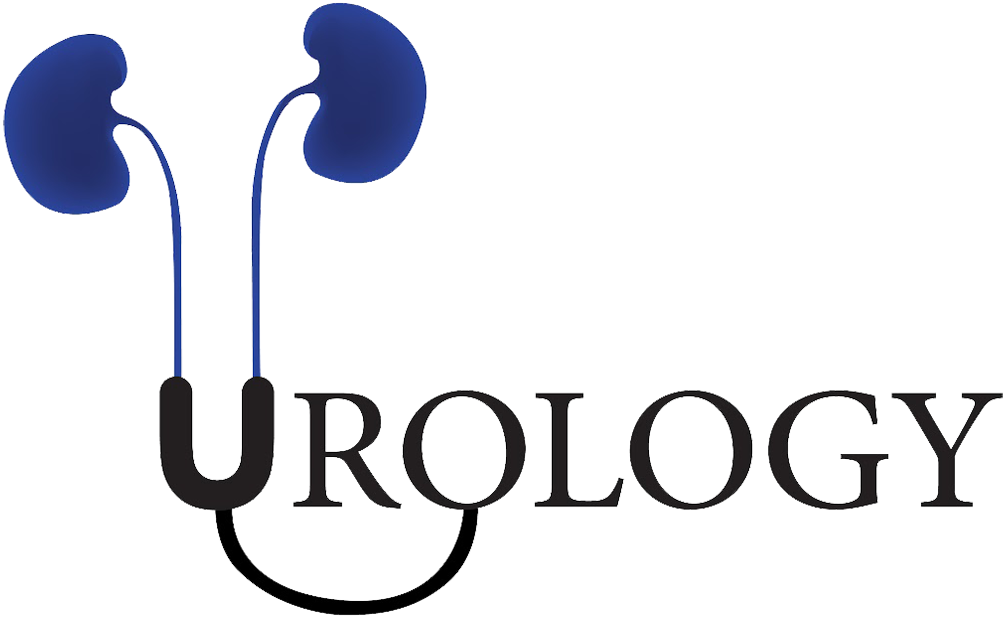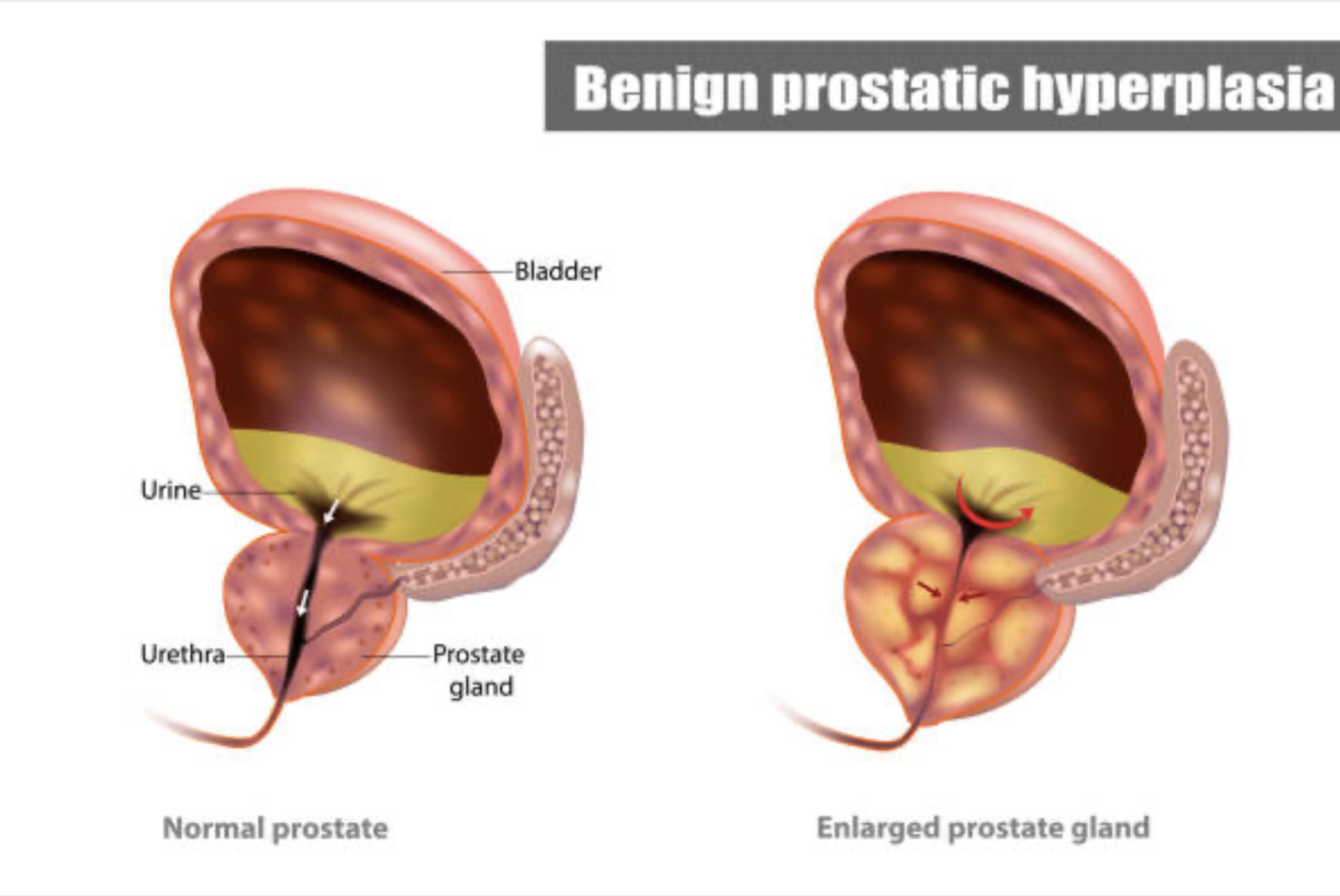If you experience any of these symptoms, you’re not alone—BPH is one of the leading reasons men visit a urologist.
What Are My Treatment Options?
Watchful Waiting: If your symptoms are mild, your doctor may suggest monitoring the condition over time. You may be asked to track your symptoms before deciding whether treatment is necessary.
Medications: For some men, medications can help manage BPH symptoms. However, long-term use is often required to maintain the benefits. It’s important to note that over 20% of men stop taking their BPH medications early, often due to dissatisfaction with side effects or inadequate symptom relief.
Advanced Treatment Options for BPH
Robotic Aquablation of the Prostate
Aquablation therapy is a minimally invasive procedure that uses the power of water delivered with robotic precision to treat BPH. It provides long-lasting relief without compromising results, offering consistent and predictable outcomes regardless of prostate size.
How Does Aquablation Therapy Work?
Aquablation therapy is a resective procedure, meaning it surgically removes the prostate tissue causing symptoms. The procedure is performed through the urethra, so no abdominal incision is necessary.
Aquablation is done under anesthesia in a hospital setting and typically takes less than an hour. Patients usually stay overnight for observation following the procedure.
Prostatic Urethral Lift (UroLift System)
The UroLift System is a minimally invasive procedure that lifts and holds the enlarged prostate tissues away from the urethra, relieving the blockage. No tissue is cut, heated, or removed, and the procedure is typically done in a physician’s office.
Thermotherapies (Resum)
Thermotherapies are minimally invasive treatments that apply heat energy, such as microwave or radiofrequency, to prostate tissue. Symptom relief is gradual, and patients often require a catheter for drainage during the recovery period.
Laser Therapy
Laser therapy is a less invasive alternative to traditional Transurethral Resection of the Prostate (TURP), with reduced bleeding risks. However, prostate tissue is still removed, which can cause some tissue swelling and a longer healing time. A catheter is often required during recovery.
Transurethral Resection of the Prostate (TURP)
TURP remains the most common and widely used surgery for BPH. During this procedure, prostate tissue is removed under general anesthesia.
Often referred to as the “gold standard” for long-term symptom relief, TURP can provide lasting results, although symptom relief may not be immediate. A catheter is typically required for several days following the procedure.








